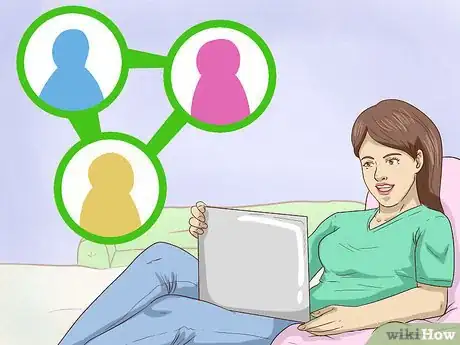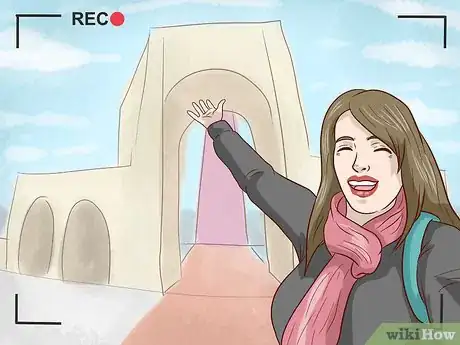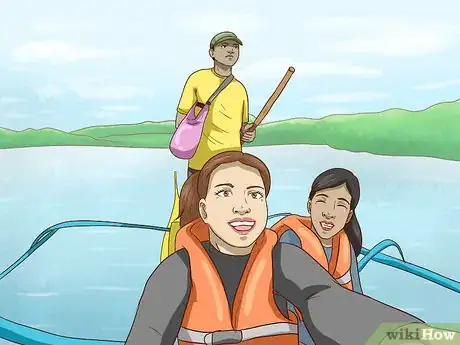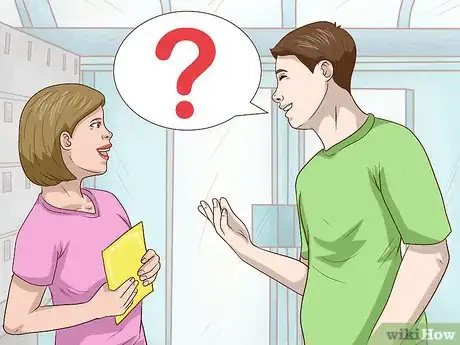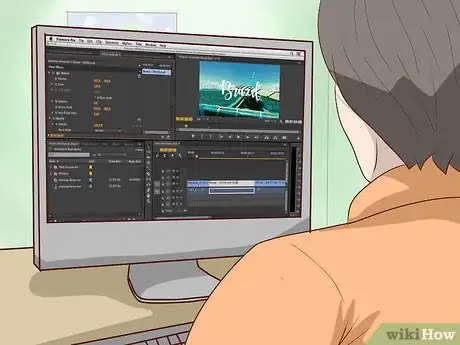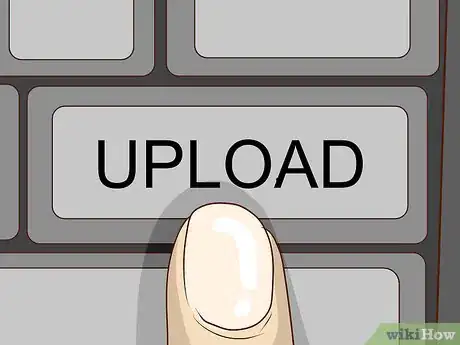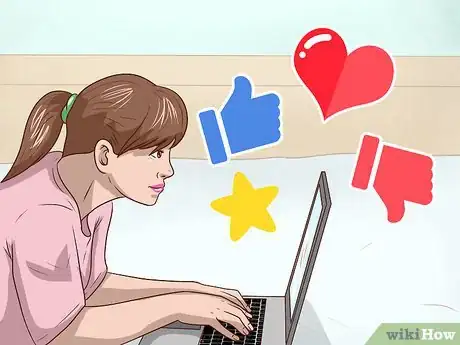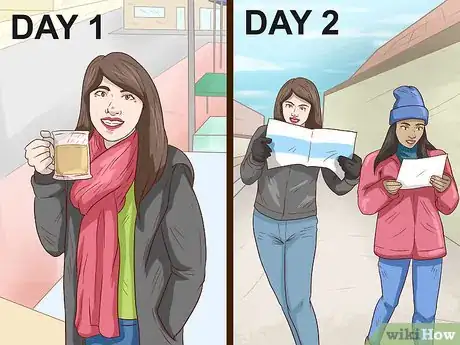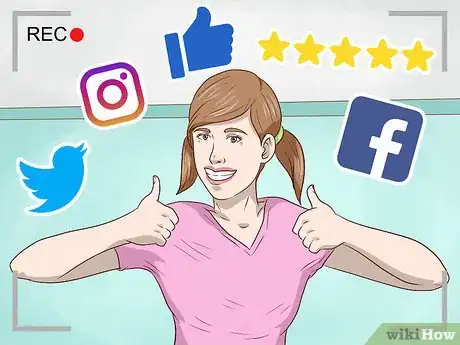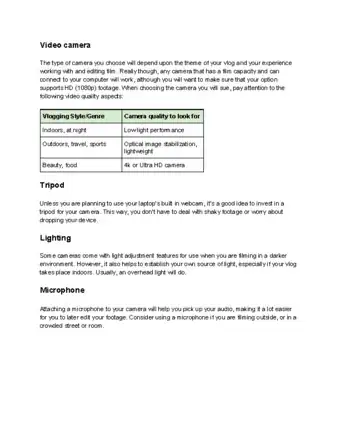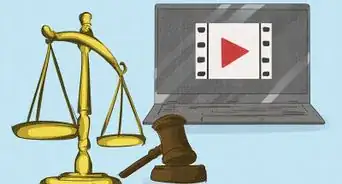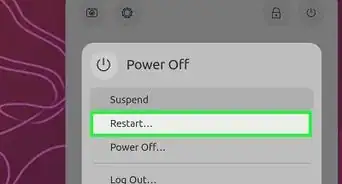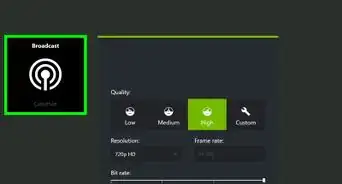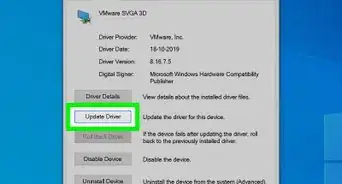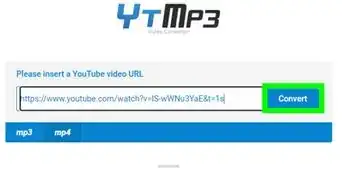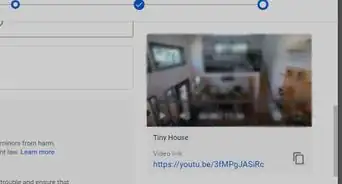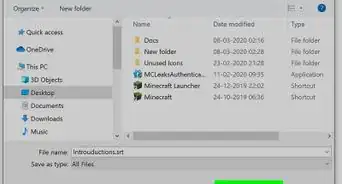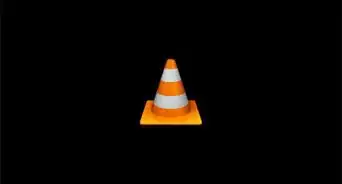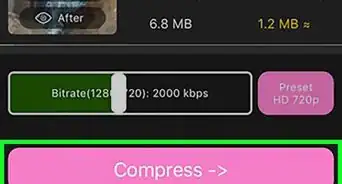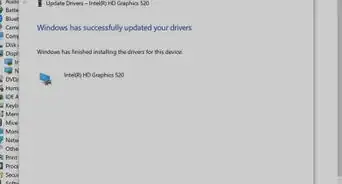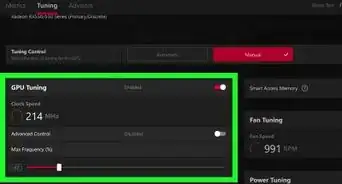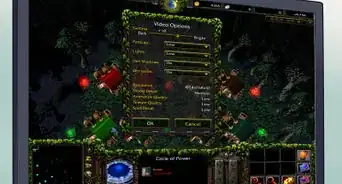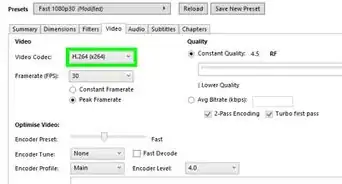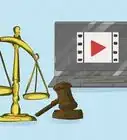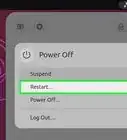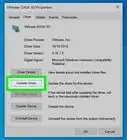This article was written by Beth Cormack and by wikiHow staff writer, Jack Lloyd. Beth Cormack is a Social Media Manager based in Washington, D.C. With five years of experience, she specializes in multi-channel social media marketing and storytelling. She earned her Master of Professional Studies from Georgetown University School of Continuing Studies and her BA in Communication from the University of Massachusetts-Amherst.
The wikiHow Tech Team also followed the article's instructions and verified that they work.
This article has been viewed 654,923 times.
This wikiHow teaches you how to create video diaries (or "vlogs") for publication. Vlogging is a fairly free, open-ended form of entertainment, but there are a few components of any successful vlogger's routine that you should use.
Steps
Getting Started
-
1Research existing vloggers. Before you create your own vlog, take a look at some existing content to get a feel for the format. Popular, high-end vloggers include people like Casey Neistat, Zoella, and Jenna Marbles, but try to find less popular vloggers as well—popular vloggers tend to have massive budgets for each vlog, so their end presentation isn't feasible for a first-time vlogger.[1]
- Virtually every vlogger has some form of tutorial or advice on how to break into the world of vlogging.
-
2Identify the type of vlogger you want to be. While vlogging is often considered to be a video summary of one's day or week, that doesn't have to be the case. You can vlog about anything you like, but common examples include the following:
- Food — "What I Eat in a Day" videos are extremely popular. As you might guess, this type of video involves showing your food preparation and final product for a day.
- Activities — If you don't have particularly eventful days, vlogging when you do something exciting (e.g., go hiking) is a feasible outlet.
- Beauty — Many vloggers have makeup- or cosmetics-based sections of their videos. If you like experimenting with different makeup looks, you can record your process as a vlog a few times per week.
Advertisement -
3Make sure you have the necessary equipment. Vlogging is fairly accessible in that it doesn't require a studio or intensive lighting, but you'll still need the following:
- Video camera — Anything from a smartphone to a full-blown video camera is acceptable. Make sure that your chosen video option supports HD (1080p) footage.
- Tripod — No one likes shaky footage. Buying a tripod for your camera, regardless of the camera's size, is crucial.
- Lighting — Not entirely necessary, but strongly recommended if you're filming anything indoors. A simple overhead lamp or a makeup light will usually suffice.
- Microphone — A directional microphone that attaches to your camera will pick up audio from whatever your camera is pointing at. This is optional if you're recording with a smartphone, but recommended for audio clarity's sake.
-
4Figure out your intent before filming. It's important to know what you're trying to accomplish prior to pressing the "Record" button, so determine your goal for the finished product before you proceed.
- If your goal is simply to document your day, you can skip this step.
Creating Great Content
-
1Make sure you film yourself in addition to your surroundings. Your vlog should contain both commentary and content shots, so it's a good idea to get your face in the shot from time to time.
- Vlogging is personal, so you may wish to keep your vlog free of commentary and face shots. If so, just keep future vlogs consistent with this presentation.
-
2Ask questions. One way to keep your audience engaged is by walking up to strangers in the street, asking a question, and filming their responses. This isn't necessary, but it's a good starting point if you don't know what to film.
- Make sure you have consent to post any responses you receive before filming them.
- Keep your questions appropriate. You don't want anyone to think you're harassing them.
-
3Include interesting or exciting events. Unless your commentary is interesting enough to keep your audience engaged throughout the entire vlog, you'll need to include shots of funny, pretty, or otherwise stimulating content.[2]
- For example, if you're filming a hike, take a few minutes of footage of wildlife, scenery, or similar.
- Including cute animals or dramatic events in your vlog will almost always keep audiences engaged.
- Wandering around any city while recording for long enough will always yield something interesting.
-
4Edit your vlog. How you edit your finished vlog is up to you; however, the goal should be to cut it down to a reasonable length (e.g., between 8 and 15 minutes) while making some of the longer parts more interesting to look at.
- Jump cuts, which involve identifying two interesting, back-to-back points in the vlog and then cutting the content between them, are essential when editing vlogs.
- You'll want to add music to virtually all of your vlogs.
- Speeding up sections to create a "time-lapse" effect can keep people interested during a lull in the action.
-
5Upload the edited video. Where you upload your vlog is entirely up to you, though YouTube is a popular choice due to its prominence in the video community. Other choices include Facebook, Instagram, and Vimeo.
- If your vlog is over 10 minutes long, you'll need to verify your YouTube account before you can upload the vlog to YouTube.
Engaging Your Audience
-
1Try to incorporate feedback into future videos. After posting your vlog, you may get some feedback from viewers. While not all feedback is useful (or actionable), pay attention if you notice a common theme among the feedback; this demonstrates that enough of the people who saw your vlog felt the same way that you should consider using their feedback in future vlogs.
- For example, if a few people mention that the music was too loud or obtrusive, try lowering the volume of music in future vlogs.
-
2Create distinct vlogs every time. You can keep the same general formula for your vlog, but make sure you aren't simply copying your steps from the previous vlog.
- For example, if your last vlog involved going to a coffee shop in the afternoon and then visiting food carts, try to avoid both of these activities in the next few vlogs.
-
3Establish a theme. Once you've created a few vlogs, you'll probably begin to see a trend taking shape. At this point, it's good to determine what that trend is and figure out how to continue it in future vlogs. This will ensure that the people who view your content know what to expect when you upload something, and you'll have a general framework for your content going forward.
- As with any form of expression, your vlogs will likely change over time. Knowing your general theme will help make this transition more gradual than if you're uploading without knowing what the overarching theme is.
-
4Promote your vlogs. Once you have a few vlogs uploaded to your platform of choice, begin talking about them on other forms of social media (e.g., Facebook and Twitter). This is a good way to grow your vlogs' collective audience.[3]
- An easy way to do this is by creating a Facebook page for your vlogs and then posting links to the vlogs there.
- You might even want to notify a few close friends whenever you post; if they enjoy your content, they may share it with their friends as well.
Vlogging Equipment and Dos and Don'ts
Expert Q&A
-
QuestionWhat should you do to become a YouTube star?
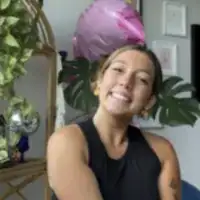 Beth CormackBeth Cormack is a Social Media Manager based in Washington, D.C. With five years of experience, she specializes in multi-channel social media marketing and storytelling. She earned her Master of Professional Studies from Georgetown University School of Continuing Studies and her BA in Communication from the University of Massachusetts-Amherst.
Beth CormackBeth Cormack is a Social Media Manager based in Washington, D.C. With five years of experience, she specializes in multi-channel social media marketing and storytelling. She earned her Master of Professional Studies from Georgetown University School of Continuing Studies and her BA in Communication from the University of Massachusetts-Amherst.
Social Media Manager With social media in general, you definitely want to stay on top of things that are trending, not just in terms of hashtags and sound but also general things that are trending. Make sure you're staying on top of what's relevant and quickly creating content and reacting to that. That's a great way to gain followers on YouTube.
With social media in general, you definitely want to stay on top of things that are trending, not just in terms of hashtags and sound but also general things that are trending. Make sure you're staying on top of what's relevant and quickly creating content and reacting to that. That's a great way to gain followers on YouTube. -
QuestionHow should you choose your content when making videos?
 Beth CormackBeth Cormack is a Social Media Manager based in Washington, D.C. With five years of experience, she specializes in multi-channel social media marketing and storytelling. She earned her Master of Professional Studies from Georgetown University School of Continuing Studies and her BA in Communication from the University of Massachusetts-Amherst.
Beth CormackBeth Cormack is a Social Media Manager based in Washington, D.C. With five years of experience, she specializes in multi-channel social media marketing and storytelling. She earned her Master of Professional Studies from Georgetown University School of Continuing Studies and her BA in Communication from the University of Massachusetts-Amherst.
Social Media Manager Authenticity is really important on social media. Your audience is going to connect with you more if they feel like you're connected with the content that you're creating. It also makes it a lot more enjoyable and easier for you to create content since you're already connected to that subject matter.
Authenticity is really important on social media. Your audience is going to connect with you more if they feel like you're connected with the content that you're creating. It also makes it a lot more enjoyable and easier for you to create content since you're already connected to that subject matter. -
QuestionHow do I get a job on being a vlogger? Who gives me the money?
 Community AnswerYouTube pays you. They put money in your account each month if you have a bank account. The amount paid is dependent on the amount of views. Don't quit your day job, as it's a very small amount unless you are incredibly popular.
Community AnswerYouTube pays you. They put money in your account each month if you have a bank account. The amount paid is dependent on the amount of views. Don't quit your day job, as it's a very small amount unless you are incredibly popular.
Warnings
- Never film in areas in which recording is prohibited.⧼thumbs_response⧽
- While most public spaces are okay to film in, make sure you respect the privacy of the people around you.⧼thumbs_response⧽
References
About This Article
To be a vlogger, start by deciding what kind of things you want to vlog about, whether it's the food you eat every day, fun activities that you do with your friends, or beauty tutorials. If you need inspiration, check out existing vloggers online to get an idea of what kinds of videos people like to watch. Once you have an idea of what your videos will be about, get the equipment you'll need, like a video camera, a tripod, and a microphone. Then, you can start filming videos and uploading them to places like YouTube, Facebook, Instagram, or Vimeo. To learn how to produce great content as a vlogger, scroll down!
